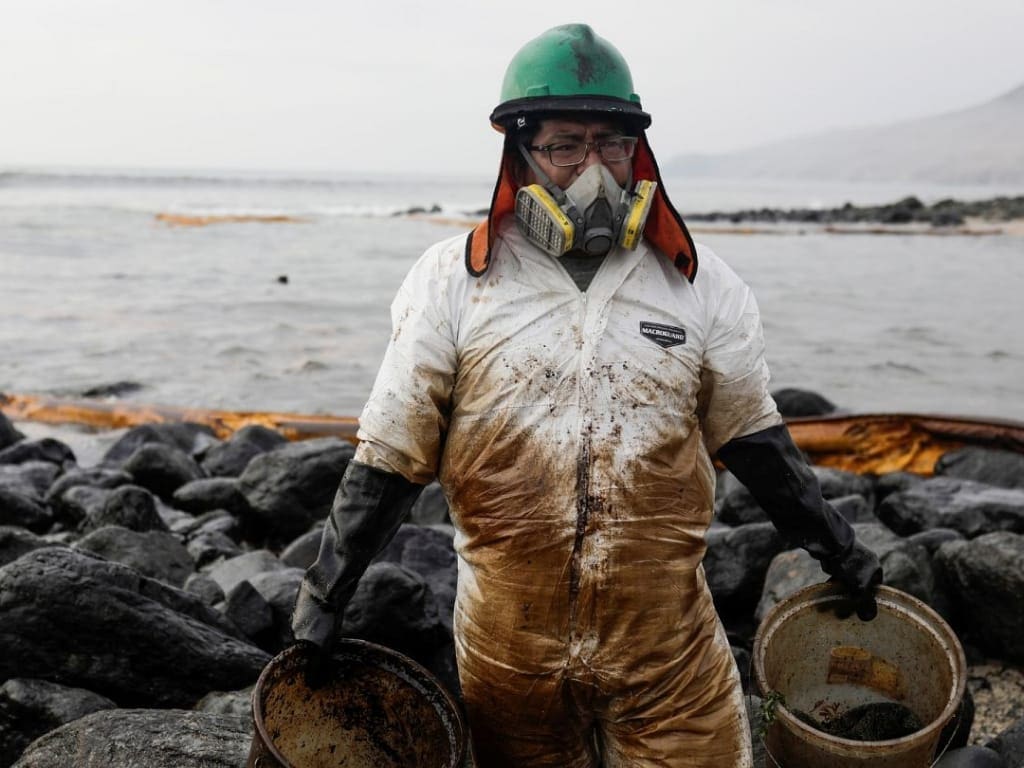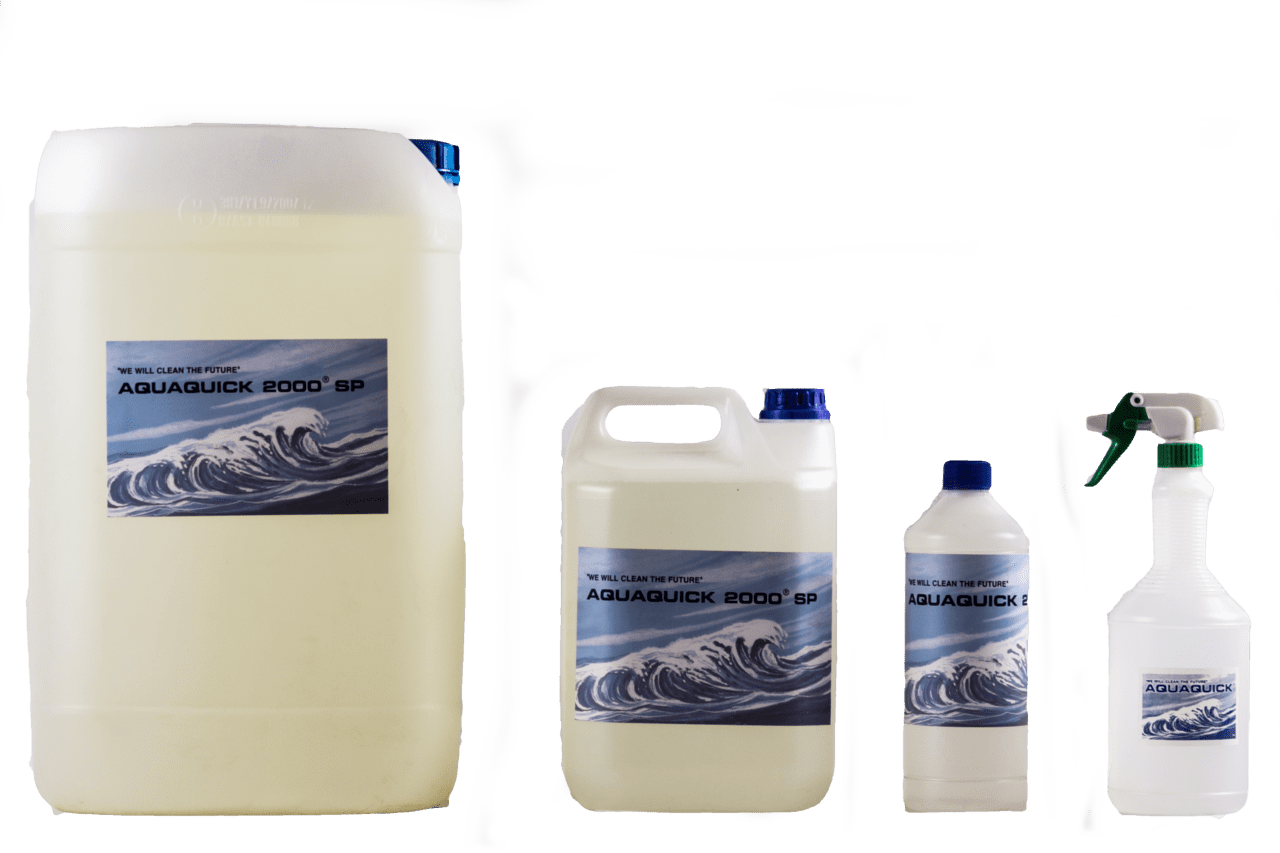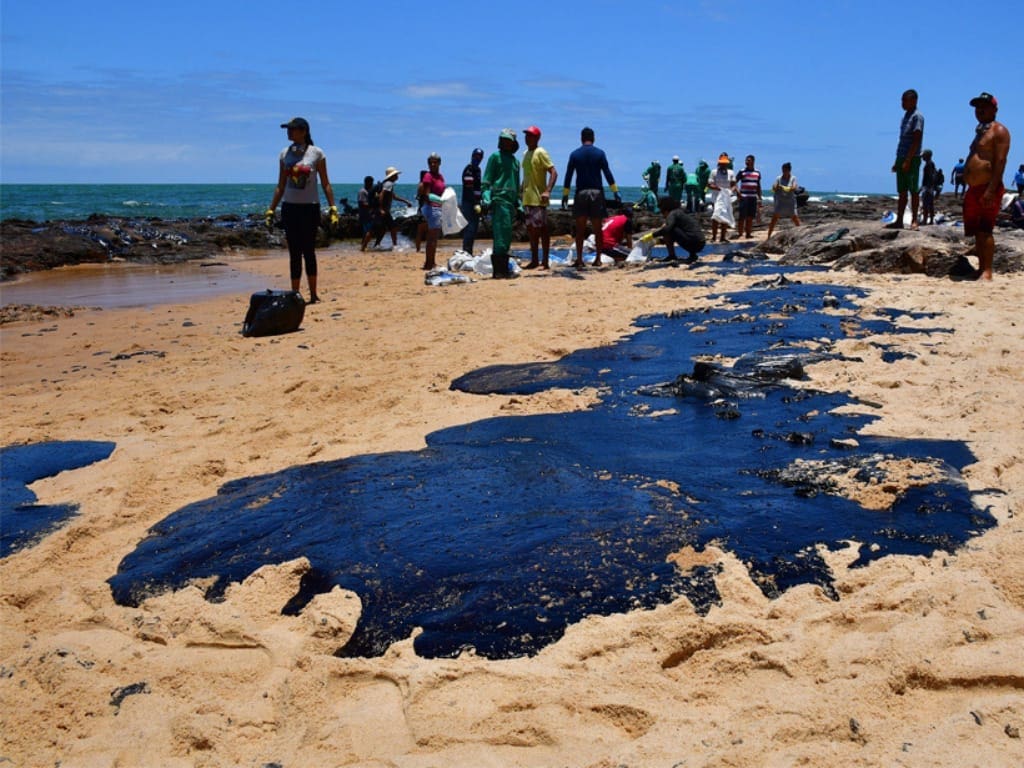Land oil spills are environmental disasters that occur when petroleum products are released onto the ground, causing contamination of soil, groundwater, and surface water. These spills can result from various factors, including accidents, equipment failures, leaks in pipelines or storage tanks, and improper handling and disposal of oil products. In this article, we delve into the causes and mechanisms behind land oil spills to gain a better understanding of these incidents and their impacts on the environment and communities.
Causes of Land Oil Spills
Accidents and Equipment Failures
Accidents, such as vehicle crashes involving oil tankers or industrial equipment failures, can lead to significant land oil spills. These incidents may occur during transportation, storage, or handling of oil products, resulting in the sudden release of large quantities of oil onto the ground.
Pipeline Ruptures and Leaks
Pipelines are commonly used to transport oil over long distances, but they are susceptible to ruptures and leaks due to corrosion, mechanical damage, or inadequate maintenance. When a pipeline ruptures or develops a leak, it can release substantial amounts of oil into the surrounding environment, contaminating land and water bodies along its route.
Storage Tank Failures
Storage tanks are used to store crude oil, refined petroleum products, and other hazardous substances at facilities such as refineries, terminals, and industrial sites. However, these tanks can fail due to corrosion, structural weaknesses, or overfilling, leading to spills and leaks that contaminate the surrounding soil and groundwater.
Illegal Disposal and Dumping
Illegal disposal and dumping of oil products are significant contributors to land oil spills. Some individuals and businesses may choose to dispose of used oil improperly by pouring it onto the ground or into storm drains, leading to contamination of soil and water bodies. Additionally, illegal dumping of oil waste from industrial processes can result in widespread environmental damage.
Natural Disasters
Natural disasters, such as floods, earthquakes, and hurricanes, can also cause land oil spills by damaging infrastructure and releasing oil from storage tanks or pipelines. For example, flooding can breach containment measures at oil storage facilities, leading to the release of oil into nearby waterways and land areas.
Mechanisms of Land Oil Spills
Leakage and Seepage
Leakage and seepage occur when oil escapes from pipelines, storage tanks, or other containment systems due to cracks, corrosion, or mechanical damage. The leaked oil can seep into the surrounding soil and groundwater, contaminating these resources and posing risks to human health and the environment.
Surface Runoff
Surface runoff occurs when spilled oil flows over the ground surface and collects in low-lying areas, such as ditches, streams, and wetlands. This runoff can transport oil pollutants over long distances, spreading contamination to adjacent land and water bodies and causing widespread environmental damage.
Absorption and Adsorption
When oil is spilled on land, it can be absorbed or adsorbed by soil particles and organic matter. Absorption refers to the uptake of oil into the pore spaces of soil, while adsorption involves the attachment of oil molecules to the surface of soil particles. This process can immobilize the oil and prevent it from leaching into groundwater but may also result in long-term soil contamination.
Volatilization
Volatilization is the process by which volatile components of oil evaporate into the air, leaving behind less volatile residues. When oil is spilled on land, volatile compounds such as benzene, toluene, and xylene can evaporate rapidly, posing risks to human health and the environment through inhalation exposure.
Land oil spills are complex environmental emergencies that can have significant impacts on ecosystems, communities, and economies. Understanding the causes and mechanisms behind these spills is essential for implementing preventive measures, emergency response strategies, and remediation efforts to minimize their adverse effects. By addressing the root causes of land oil spills and adopting proactive approaches to risk management and environmental protection, we can work towards preventing these incidents and safeguarding our natural resources for future generations.

Land oil spills pose significant threats to the environment, human health, and local economies. Whether caused by accidents, equipment failures, or illegal activities, these incidents require prompt and effective response measures to mitigate their impacts and facilitate environmental remediation. In this article, we explore some of the most effective solutions for addressing land oil spills and protecting affected areas.
1. Containment and Recovery
One of the primary strategies for dealing with land oil spills is containment and recovery. This approach involves deploying physical barriers, such as booms and absorbent materials, to contain the spilled oil and prevent it from spreading further. Once contained, specialized equipment, such as vacuum trucks and skimmers, is used to recover the oil from the affected area. Containment and recovery efforts are crucial for minimizing the spread of oil pollution and facilitating the cleanup process. These methods not only prevent further contamination of soil and water but also help in reducing the overall environmental impact of the spill.
2. Bioremediation
Bioremediation is a natural and sustainable approach to cleaning up oil-contaminated soil and water. This method utilizes microorganisms, such as bacteria and fungi, to break down and metabolize the hydrocarbons present in the oil, converting them into harmless byproducts such as carbon dioxide and water. Bioremediation can be carried out in situ, where microorganisms are introduced directly into the contaminated soil or water, or ex situ, where contaminated materials are removed and treated in a controlled environment. This approach is effective for remediation of land oil spills and can help restore affected ecosystems to their pre-spill condition. Furthermore, bioremediation is often more cost-effective and environmentally friendly compared to traditional cleanup methods.
3. Chemical Dispersants
Chemical dispersants are substances that are used to break down oil into smaller droplets, enhancing its dispersion in the water column and promoting microbial degradation. When applied to land oil spills, dispersants can help reduce the formation of surface slicks and facilitate the mixing of oil with water, making it more accessible to natural degradation processes. However, the use of dispersants can also have environmental impacts, and their application must be carefully regulated to minimize harm to aquatic ecosystems and human health. Therefore, while chemical dispersants can be effective in certain situations, they should be used judiciously and in accordance with established guidelines.
4. Soil Vapor Extraction
In cases where oil contamination has penetrated deep into the soil, soil vapor extraction (SVE) can be an effective remediation technique. This method involves the injection of air or steam into the contaminated soil, causing the volatile organic compounds (VOCs) present in the oil to vaporize. The vapors are then extracted from the soil using vacuum pumps or fans and treated to remove contaminants before being released into the atmosphere. SVE is particularly useful for addressing subsurface contamination and can help prevent the migration of oil pollutants into groundwater. It is a highly efficient method for removing contaminants from soil, thus preventing further environmental damage.
5. Phytoremediation
Phytoremediation is a remediation technique that utilizes plants to remove, degrade, or contain contaminants in soil and water. Certain plant species have the ability to absorb oil pollutants through their roots and transport them to their tissues, where they can be metabolized or stored. Additionally, the presence of plants can enhance microbial activity in the soil, further aiding in the degradation of oil contaminants. Phytoremediation is a cost-effective and environmentally friendly approach to land oil spill cleanup and can be used in conjunction with other remediation methods to achieve comprehensive pollution control. Moreover, phytoremediation also offers long-term benefits by restoring soil fertility and promoting biodiversity in affected area.
AQUAQUICK 2000: Revolutionizing Eco-Friendly Oil and Grease Cleaning
AQUAQUICK 2000 stands out as a revolutionary water-based biological cleaning product designed to effectively eliminate heavy oils and greases in an entirely ecological manner. Composed of ecological materials and plant extracts, this multipurpose cleaner offers a sustainable solution for industries and individuals seeking to minimize environmental impact while achieving superior cleaning results. In this comprehensive review, we delve into the features, benefits, and applications of AQUAQUICK 2000, highlighting its role as a leading eco-friendly cleaning solution in various sectors.
AQUAQUICK 2000 stands out as the premier choice for land oil spill cleanup due to its unparalleled effectiveness, eco-friendliness, and versatility. Unlike traditional cleaning products, AQUAQUICK 2000 offers a revolutionary water-based biological cleaning solution that efficiently eliminates heavy oils and greases in a 100% ecological manner.

One of the key reasons why AQUAQUICK 2000 is best for land oil spill cleanup is its exceptional cleaning power. Composed of ecological materials and plant extracts, this innovative cleaner is specifically formulated to target and remove oil contaminants from soil, ensuring thorough remediation of affected areas. Its high efficiency and rapid action enable quick and effective cleanup, minimizing the spread of pollution and mitigating environmental damage.
Moreover, AQUAQUICK 2000’s eco-friendly composition makes it an environmentally responsible choice for oil spill cleanup. By utilizing natural ingredients and avoiding harsh chemicals, this cleaner ensures minimal impact on ecosystems and wildlife, promoting sustainable environmental management practices.
Additionally, AQUAQUICK 2000’s versatility allows it to address various types of oils and greases, including vegetable, animal, mineral, and synthetic hydrocarbons. Whether dealing with small spills or large-scale contamination incidents, this multipurpose cleaner delivers consistent results, making it the preferred solution for land oil spill cleanup projects.
Environmentally Conscious Composition
A key distinguishing feature of AQUAQUICK 2000 is its environmentally conscious composition. Formulated with ecological materials and plant extracts, this water-based cleaner is free from harsh chemicals and toxic additives, making it safe for both users and the environment. Unlike traditional cleaning products that may pose health risks and contribute to pollution, AQUAQUICK 2000 offers a sustainable alternative that aligns with modern environmental standards.
Odourless and Colourless
AQUAQUICK 2000 boasts an odourless and colourless formulation, enhancing user comfort and safety during application. Unlike conventional cleaners that emit strong odours and leave behind unsightly residues, this innovative product ensures a pleasant cleaning experience without compromising indoor air quality or aesthetics. Whether used in industrial settings or residential environments, AQUAQUICK 2000 offers a refreshing departure from traditional cleaning products.
No Harmful Vapours
In addition to being odourless and colourless, AQUAQUICK 2000 generates no harmful vapours during use, even at higher temperatures such as those encountered in high-pressure cleaning applications or water-based degreasing tanks. This feature not only enhances user safety but also minimizes the risk of indoor air pollution and respiratory irritation. By prioritizing environmental and occupational health, AQUAQUICK 2000 sets a new standard for eco-friendly cleaning solutions.
Compatibility with Various Materials
AQUAQUICK 2000 is engineered to be compatible with a wide range of materials, including plastics, metals, coatings, and other surfaces. Unlike some cleaning agents that may cause damage or corrosion to sensitive materials, this versatile product offers gentle yet effective cleaning action without compromising the integrity of substrates. Whether used on machinery, equipment, or structural surfaces, AQUAQUICK 2000 delivers consistent results while preserving the condition of treated materials.
High Efficiency and Cost Savings
One of the standout advantages of AQUAQUICK 2000 is its exceptional efficiency, which translates into significant cost and time savings for users. With a recommended dilution ratio of 1:50 with water, this concentrated cleaner delivers powerful cleaning performance while maximizing product longevity. By requiring minimal product usage per application, AQUAQUICK 2000 helps reduce operational costs and optimizes cleaning efficiency, making it a cost-effective solution for businesses and individuals alike.
Applications and Versatility
AQUAQUICK 2000 exhibits remarkable versatility and can be used in various applications to effectively eliminate heavy dirt caused by vegetable, animal, mineral, and synthetic oils and greases (hydrocarbons). Whether tackling industrial spills, degreasing machinery, or cleaning household surfaces, this multipurpose cleaner offers unmatched performance and reliability. Additionally, AQUAQUICK 2000 stimulates the bio-degradation of hydrocarbons in environmental settings, making it an ideal choice for oil spill cleanup and environmental remediation projects.
AQUAQUICK 2000 emerges as a game-changing eco-friendly cleaning solution that sets new standards for performance, safety, and sustainability. With its environmentally conscious composition, odourless and colourless formulation, compatibility with various materials, and high efficiency, this multipurpose cleaner offers unparalleled benefits for users across industries. Whether used for routine cleaning tasks or emergency spill response, AQUAQUICK 2000 delivers superior results while minimizing environmental impact, making it the preferred choice for those seeking a cleaner, greener future.
Final Verdict
Land oil spills pose significant challenges for environmental protection and public health, but with the implementation of effective solutions, we can minimize their impacts and facilitate the restoration of affected areas. By employing strategies such as containment and recovery, bioremediation, chemical dispersants, soil vapor extraction, and phytoremediation, we can address land oil spills in a timely and efficient manner, safeguarding the environment and communities for present and future generations.
It is essential for stakeholders, including government agencies, industries, and communities, to work together to implement these solutions and prevent land oil spills from causing long-term harm to our planet. Through proactive measures and collaborative efforts, we can ensure the sustainability and resilience of our ecosystems in the face of oil spill incidents.














